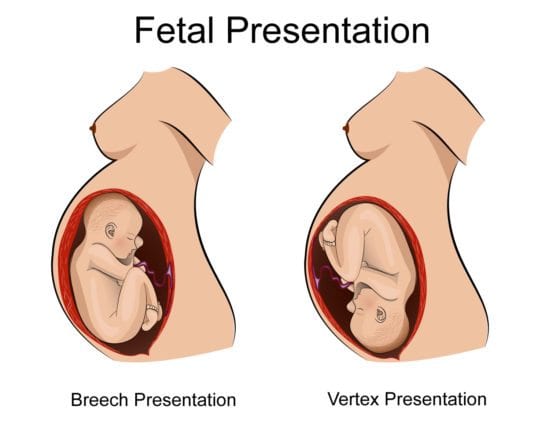$6.6 Million Birth Injury Settlement | Breech Presentation and Cerebral Palsy
$6.6 Million for a Child Injured by Medical Malpractice, Mismanaged Breech Presentation and Cerebral Palsy | Birth Injury Attorneys
The birth injury attorneys at ABC Law Centers: Birth Injury Lawyers secured a $3.5 million settlement (total annuity payout: $6.6 million) for a child injured by medical malpractice.
A mother with cerebral palsy began her prenatal care at 10 3/7 weeks’ gestation. During her care at a high-risk clinic, her cervical length became consistently abnormal, or short, which caused premature labor.
Hours before delivery, the doctors discovered that the baby was in the breech presentation (feet- or buttocks-first). Due to the presentation of the baby, medical professionals should have ordered and performed a C-section delivery. Failure to deliver the baby via C-section in a timely manner resulted in birth injury and neonatal brain damage. This instance of medical malpractice resulted in the baby’s low IQ, cerebral palsy developmental delays and learning disabilities.
In the past, the mother delivered a baby prematurely at 24 weeks via C-section. Because of her prior preterm delivery, she was offered synthetic progesterone (170HP). She turned down the medication because she could not afford it and it was not covered by her insurance. The synthetic progesterone injections were $100 per vial. On her next two visits to the clinic, the mother reiterated that she could not afford it.
Her doctors ordered ultrasounds to measure her cervical length. While the first ultrasound showed a normal cervix length (30 mm), her following ultrasound revealed the length to be abnormally short (25 mm). Two weeks later, another ultrasound revealed that the cervix was 9 mm.
The mother was sent to the hospital for her short cervix. During her stay, the plan was to rule out preterm labor and infection. The doctors wanted to perform an amniocentesis (a prenatal procedure used to diagnose chromosomal abnormalities and fetal infections). But the procedure never took place. The mother voluntarily left the hospital to take care of her children and did not return.
On her next few visits to the clinic, the mother received progesterone injections. The progesterone injections helped to lengthen the cervix, but the ultrasounds still revealed that her cervix was abnormally short. After receiving her fourth shot of progesterone, she did not return for her prenatal and ultrasound appointments.
The mother returned to the hospital at 26 weeks’ gestation with cramping. Due to her history with preterm birth, the doctors should have administered tocolytics (medications to suppress premature labor) and steroids immediately. These medications were not given until two hours after the mother’s arrival to the hospital.
A bedside ultrasound revealed that the baby was in a breech presentation. Even though the mother gave consent for a C-section, the baby delivered vaginally over an hour later. Placental pathology revealed acute chorioamnionitis.
The baby suffered from Grade III and IV intracranial bleeds, which led to hydrocephalus (excess fluid in the brain ventricles) and white matter damage. The child now has an IQ of 69, cerebral palsy, developmental delays and learning disabilities.
The mother’s providers should have offered vaginal progesterone, which is a cheaper alternative, opposed to the injections. The health care providers should have offered a cerclage, which could have treated her cervical incompetence. The providers should have given the mother steroids days earlier to improve the neonatal outcome.
If your child experienced a birth injury and now has seizures, HIE, brain damage, cerebral palsy or any other long-term condition, contact Reiter & Walsh today. Our Detroit, Michigan HIE lawyers are available 24/7 to speak with you.
About ABC Law Centers: Birth Injury Lawyers
- Our Firm’s Values, Experience and Results
- Our Attorneys
- Our Medical Staff
- Working with ABC Law Centers: Birth Injury Lawyers
- Testimonials
- Community Involvement
About Our Verdicts and Settlements Calculations
The smaller sum we list on our site is the total value of the settlement or verdict. The larger sum is the total value of the settlement or verdict plus the expected lifetime yield of an annuity purchased with a portion of the settlement or verdict. This larger sum is the maximum value because it takes into account the lifetime expected value of the annuity.